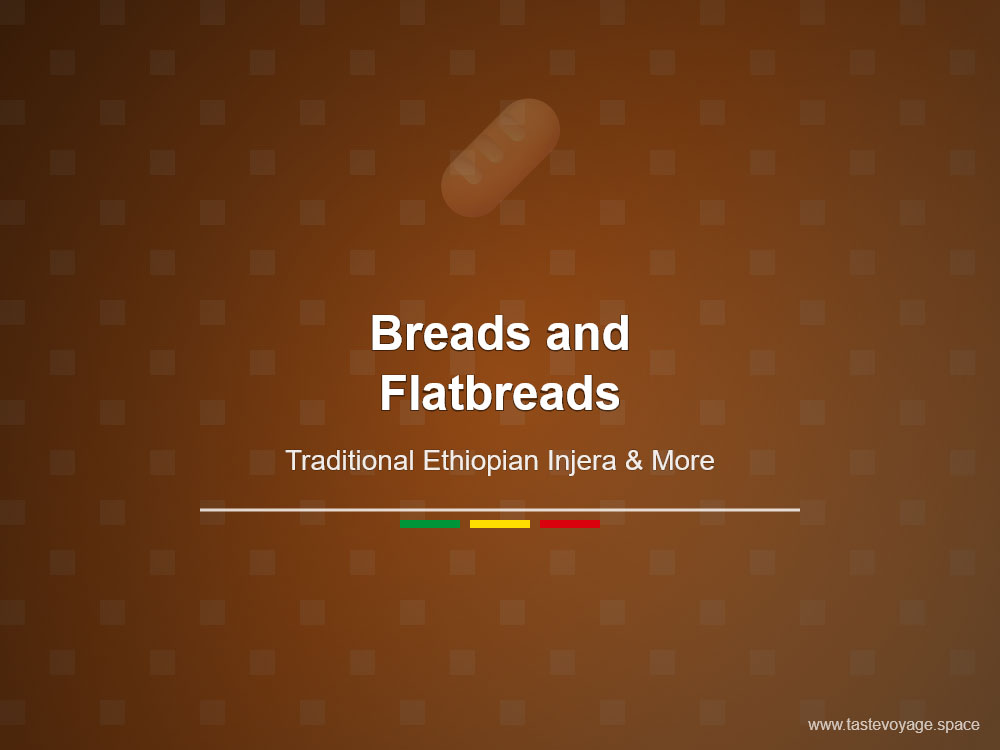How to Make Ethiopian Injera on Your Stovetop Easily
Travel the World Through Food >> Breads and Flatbreads>>Ethiopian Cuisine>> How to Make Ethiopian Injera on Your Stovetop Easily
How to Make Ethiopian Injera on Your Stovetop Easily
Discovering the Cultural Richness of Ethiopian Injera
Ethiopian Injera is more than just a dish; it is a symbol of community, tradition, and culinary artistry. This uniquely textured bread holds a special place in Ethiopian cuisine and cultural identity. Its significance extends beyond its taste, embodying centuries of tradition and a deep connection to the land and people.
The Cultural Significance of Injera
Injera is often called the “heart of Ethiopian cuisine.” It serves as both a staple food and a communal dish, fostering a sense of togetherness. Traditionally, injera is shared from a common platter, where family and friends gather around to enjoy their meals. The act of breaking bread together with injera signifies unity and hospitality, core values in Ethiopian culture.
Most importantly, injera is more than sustenance; it is an expression of hospitality and respect. It welcomes guests into homes and celebrations, making every meal an act of connection. Its presence in festive occasions and everyday life underscores its vital role in Ethiopian social fabric.
The Culinary Significance of Injera
Culinarily, injera is renowned for its unique texture and flavor. Made from teff flour, it offers a slightly sour taste due to fermentation, which enhances its complexity and appeal. The spongy surface of injera is perfect for scooping up various traditional dishes, such as stews, lentils, and vegetables, making it an integral part of Ethiopian dining.
The fermentation process not only develops its distinctive tang but also makes injera highly nutritious. Teff is rich in protein, fiber, and minerals, making injera a wholesome food choice. Its versatility allows it to play multiple roles—from bread and utensil to a base for an entire meal.
Making Injera on a Regular Stovetop
While traditional injera is often prepared on large, specialized griddles, it is possible to Make this remarkable bread at home using a regular stovetop. This modern adaptation helps bring Ethiopian culinary traditions into more kitchens around the world, allowing more people to experience its cultural and culinary richness.
By mastering the art of making injera on a simple stovetop, home cooks can gain a deeper appreciation of Ethiopian food heritage. This method preserves the authentic flavor and texture, making it accessible without specialized equipment. It opens up a world of culinary exploration, inviting everyone to connect with a vibrant cultural tradition through food.
Celebrating the Tradition
Injera’s enduring place in Ethiopian culture highlights the importance of food as a vessel for storytelling, tradition, and hospitality. Every bite is a reminder of the rich history behind this remarkable bread. Its tradition of shared eating fosters relationships and celebrates community.
In conclusion, Ethiopian Injera is much more than a dish; it is a cultural treasure. Its significance in social life, its culinary complexity, and its adaptability for home kitchens make it a fascinating and inspiring food to explore. Embarking on the journey to make injera at home allows you to connect with the vibrant cultural traditions of Ethiopia and appreciate the beauty of its cuisine.
